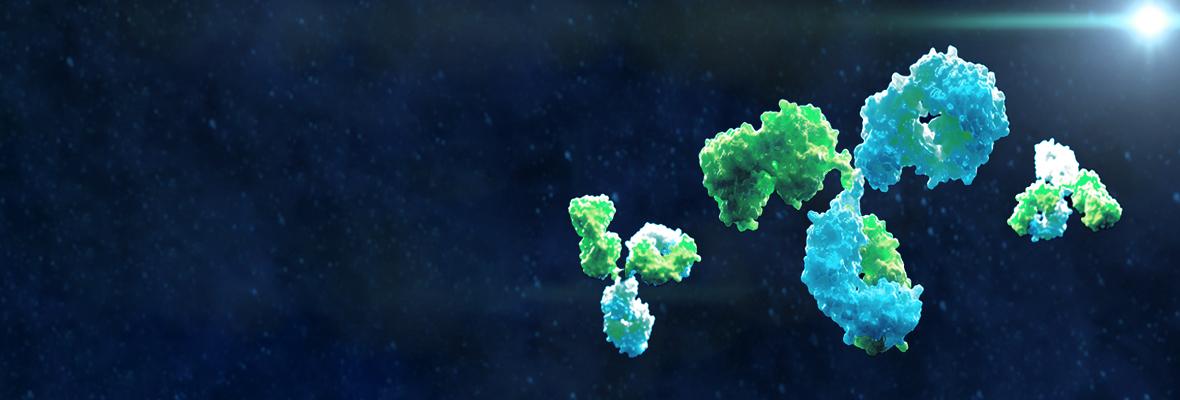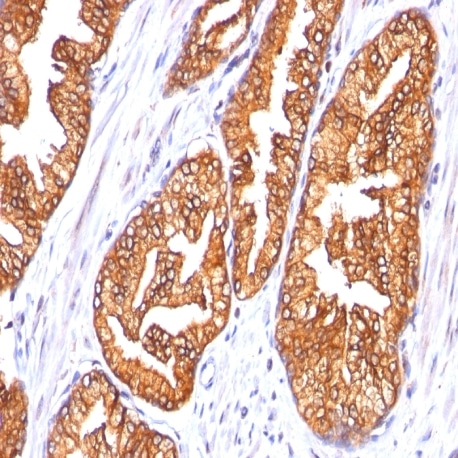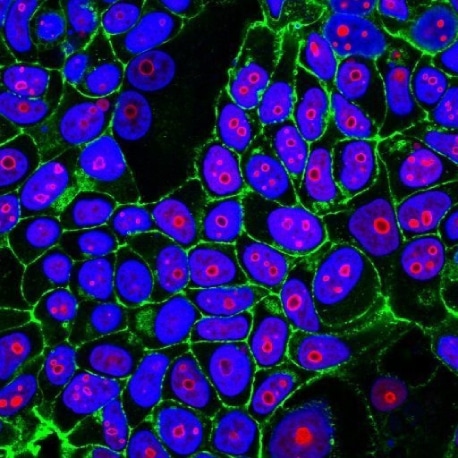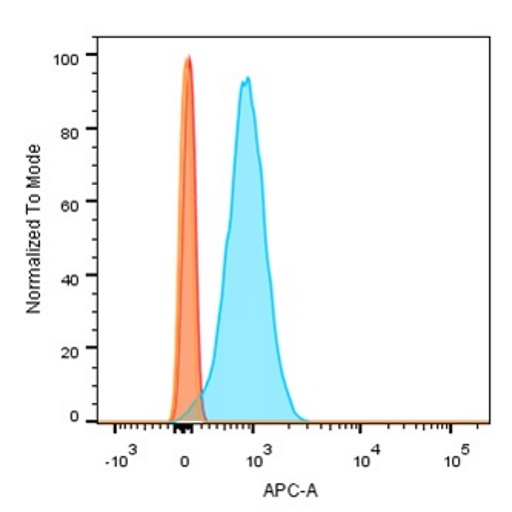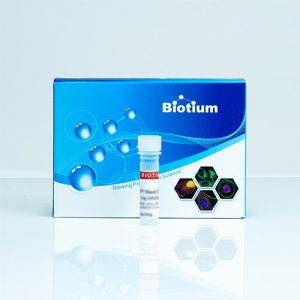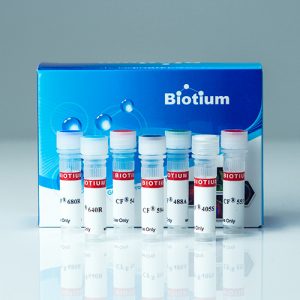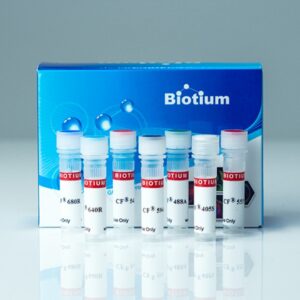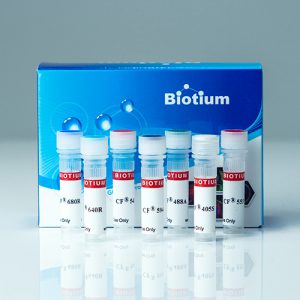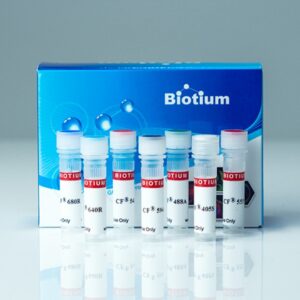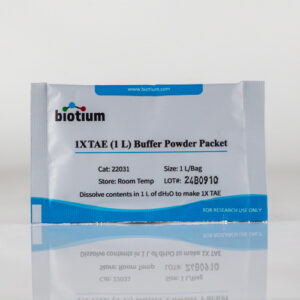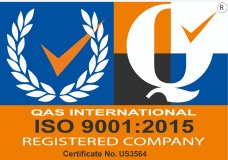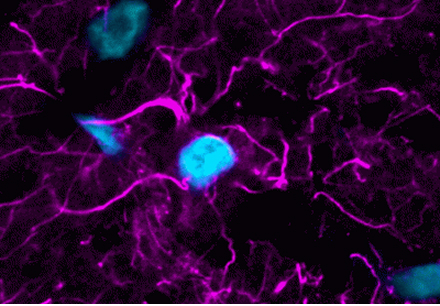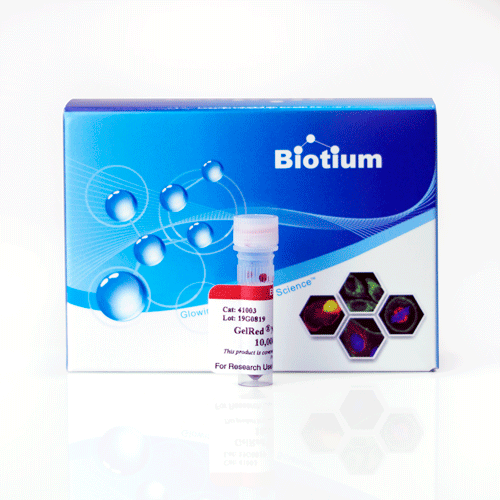Optimized Antibodies Meet Best-In-Class Dyes
Sharper Signals, Flexible Panels with Biotium Choice
Biotium Choice fluorescent conjugated primary antibodies are carefully curated and validated in-house to offer exceptional signal-to-noise. Labeled with our advanced CF® Dyes and Astral Leap™ tandem dyes, they are our top-recommended antibodies for flow cytometry and other applications.
- Robust, validated clones against common targets
- Developed and optimized for flow cytometry and other applications
- Conjugated to bright, photostable CF® Dyes for superior signal and clarity
- Also available with Astral Leap™ tandem dyes for expanding multiplexing
- New antibody clones and dye conjugates continuously in development
Learn More About Our CF® Dye Technology
CF® Dyes deliver exceptional brightness and a narrow emission profile for conjugated antibodies across 40+ bright colors from visible to near-IR, ideal for high-parameter panels.
Astral Leap™ tandem dyes provide long Stokes shifts and high signal-to-noise for expanded multiplexing. RPE-Astral™616 and APC-Astral™813 are available with select Biotium Choice antibodies.
Identify Biotium validated antibodies
Look for this symbol next to the product name on product pages and search results.

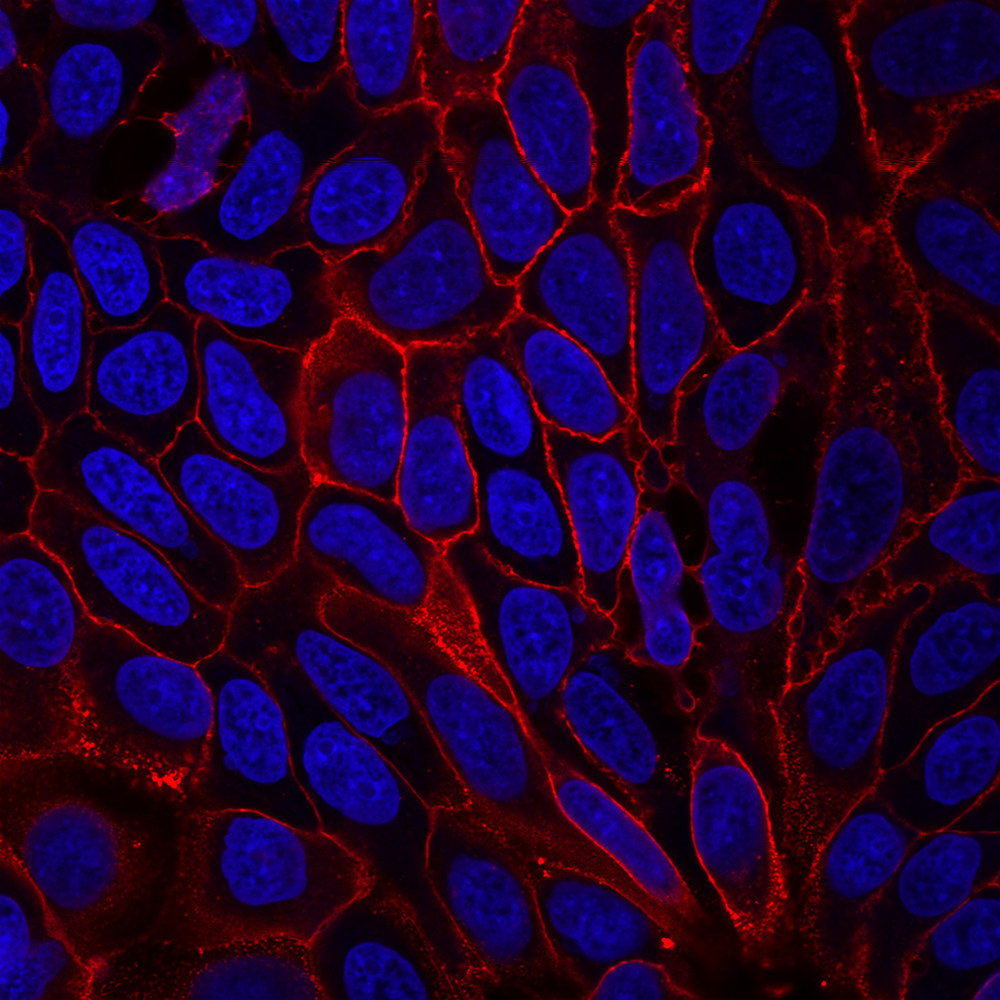
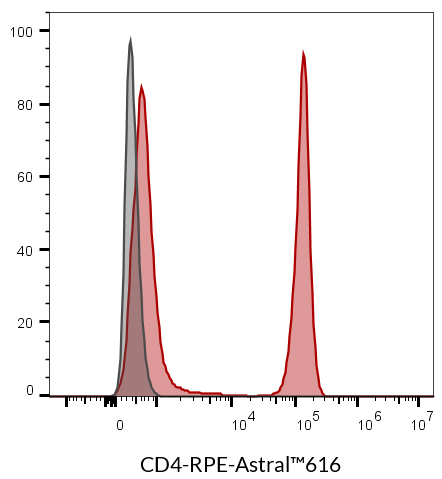
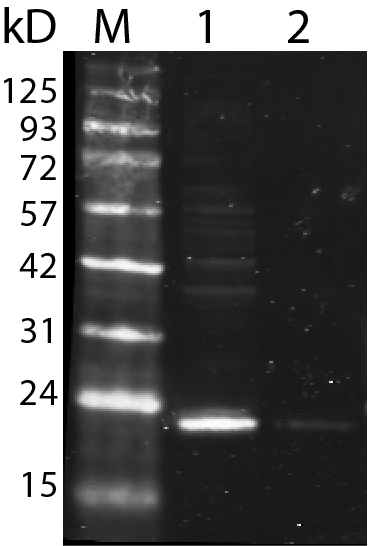
Full List of Biotium Choice Antibodies
Cell Biology
Immunology
Neuroscience
Anti-Epitope Tag
| Biotium Choice Antibody | CF®405S (411/431 nm) | CF®488A (490/516 nm) | CF®568 (562/584 nm) | CF®594 (593/615) nm) | CF®633 (629/650) nm) | CF®640R (642/663) nm) | CF®647 (652/668) nm) | CF®660R (662/682) nm) | CF®680 (681/698 nm) | CF®680R (680/701 nm) | CF®740 (742/767 nm) | CF®750 (755/779 nm) | CF®770 (770/797 nm) | Biotin | R-PE (496, 546, 565/576 nm) | APC (651/660 nm) | HRP | Purified (BSA free) |
|---|---|---|---|---|---|---|---|---|---|---|---|---|---|---|---|---|---|---|
| 6X His Tag Recombinant Monoclonal Mouse (2405.H6) | P024-405S | P024-488A | P024-568 | P024-594 | P024-640R | P024-647 | P024-680 | P024-680R | P024-740 | P024-770 | P024-RPE | P024-APC | P024-HRP | |||||
| GFP Recombinant Monoclonal Mouse Antibody (r9F9.F9) | P027-405S | P027-488A | P027-568 | P027-594 | P027-633 | P027-640R | P027-647 | P027-660R | P027-680 | P027-680R | P027-740 | P027-770 | P027-BTN | P027 | ||||
| Biotin Recombinant Monoclonal Mouse Antibody (rBN-34) | P033-488A | P033-568 | P033-594 | P033-640R | P033-647 | P033-660R | P033-680R | P033-740 | P033-750 | P033-770 | ||||||||
| DNP Recombinant Monoclonal Mouse Antibody (rLO-DNP-2) | P038-488A | P038-568 | P038-594 | P038-640R | P038-647 | P038-680R | P038-740 | P038-750 |
Explore Our Full Primary Antibody Catalog
Discover Our Growing
Collection of Over 2000 mAbs
- Choose from antibodies validated for IHC, IF, flow, and western blot
- Available in 6 bright and photostable CF® Dyes or biotin
- Available BSA-free, ready to use with Mix-n-Stain™ Antibody Labeling Kits
- Affordable 100 uL sizes available
Your Choice of Sizes and Formats
| Format | Concentration | Size |
|---|---|---|
| CF® Dye conjugates (6 colors) | 0.1 mg/mL | 100 uL or 500 uL |
| Biotin conjugates | 0.1 mg/mL | 100 uL or 500 uL |
| Purified, with BSA | 0.2 mg/mL | 100 uL or 500 uL |
| Purified, BSA-free (Mix-n-Stain™ Ready) | 1 mg/mL | 50 uL |
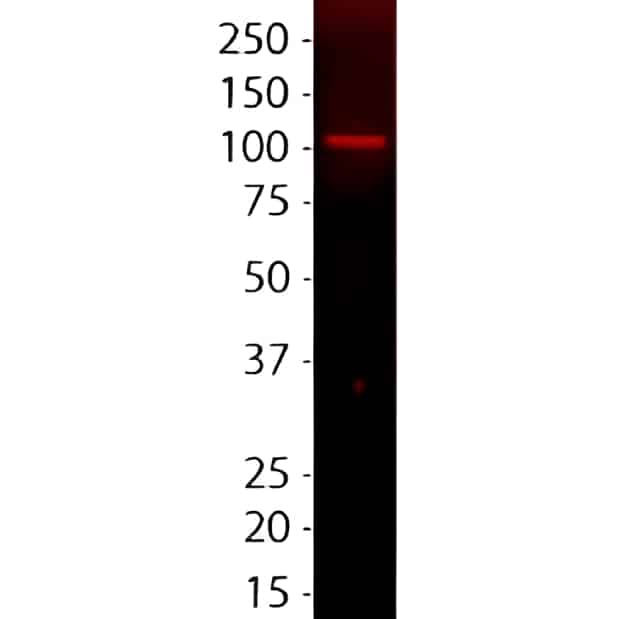
Primary Antibody Isotype Controls
| Product Page | Host species | Isotype | Clone |
|---|---|---|---|
| Mouse IgG1 Kappa | Mouse | IgG1, kappa | IGG1/1331 |
| Mouse IgG2a Kappa | Mouse | IgG2a, kappa | MG2a-53 |
| Mouse IgG2b Kappa | Mouse | IgG2b, kappa | IGG/1333 |
| Monoclonal Rabbit IgG Kappa | Rabbit | IgG, kappa | NCRBM/1520R |
